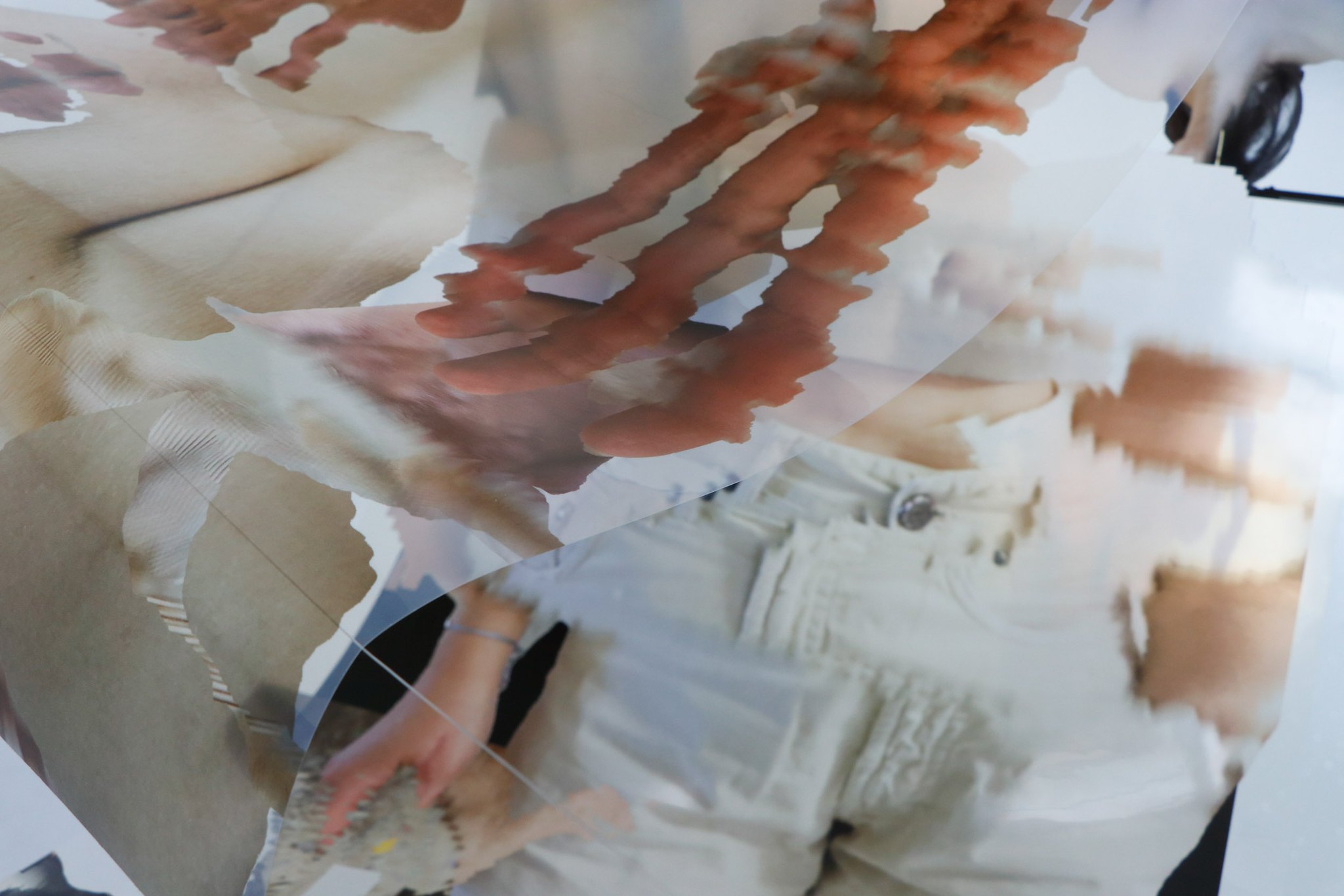Manuela Naveau, curator of the Kunstuni Campus at the Ars Electronica Festival and university professor of Critical Data / Interface Cultures, on seeing, dreaming, celebrating and a tower on the main square in Linz.
Guest article by the University of Arts Linz
The Kunstuni Campus, which is located on the opposite bank of the Danube from the Ars Electronica Center during the Festival, is dedicated this year to the theme of hope and the great subject of seeing: What can we see? And what cannot? How do we see? Paul Eis and Maximilian Meindl from the Department of Architecture will be erecting a tower on the Main Square that offers unexpected perspectives. This year, the Moholy-Nagy University of Budapest will be a special featured partner university, staging events in the “splace” gallery at the University of Arts Linz.
The Art University Campus with the Sound Campus will open in the courtyard of the West Bridgehead Building one day before the official opening of the Ars Electronica Festival on September 3. From 6 p.m. to 10 p.m. every night through 8 September, there will be concerts, performances and DJs. And that’s not all: on 4 September, a twelve-piece band made up of members of the Linz University of Arts will perform in the Mariendom – “NoFive” will stage Anton Bruckner’s Fifth Symphony and the White Stripes’ iconic ‘Seven Nation Army’ riff with full-tube amplification.
Manuela Naveau, curator of the Kunstuni Campus and university professor of Critical Data / Interface Cultures, will provide an insight into the young media art on offer at the Kunstuni Campus in the form of exhibitions, installations, performances, screenings and workshops.
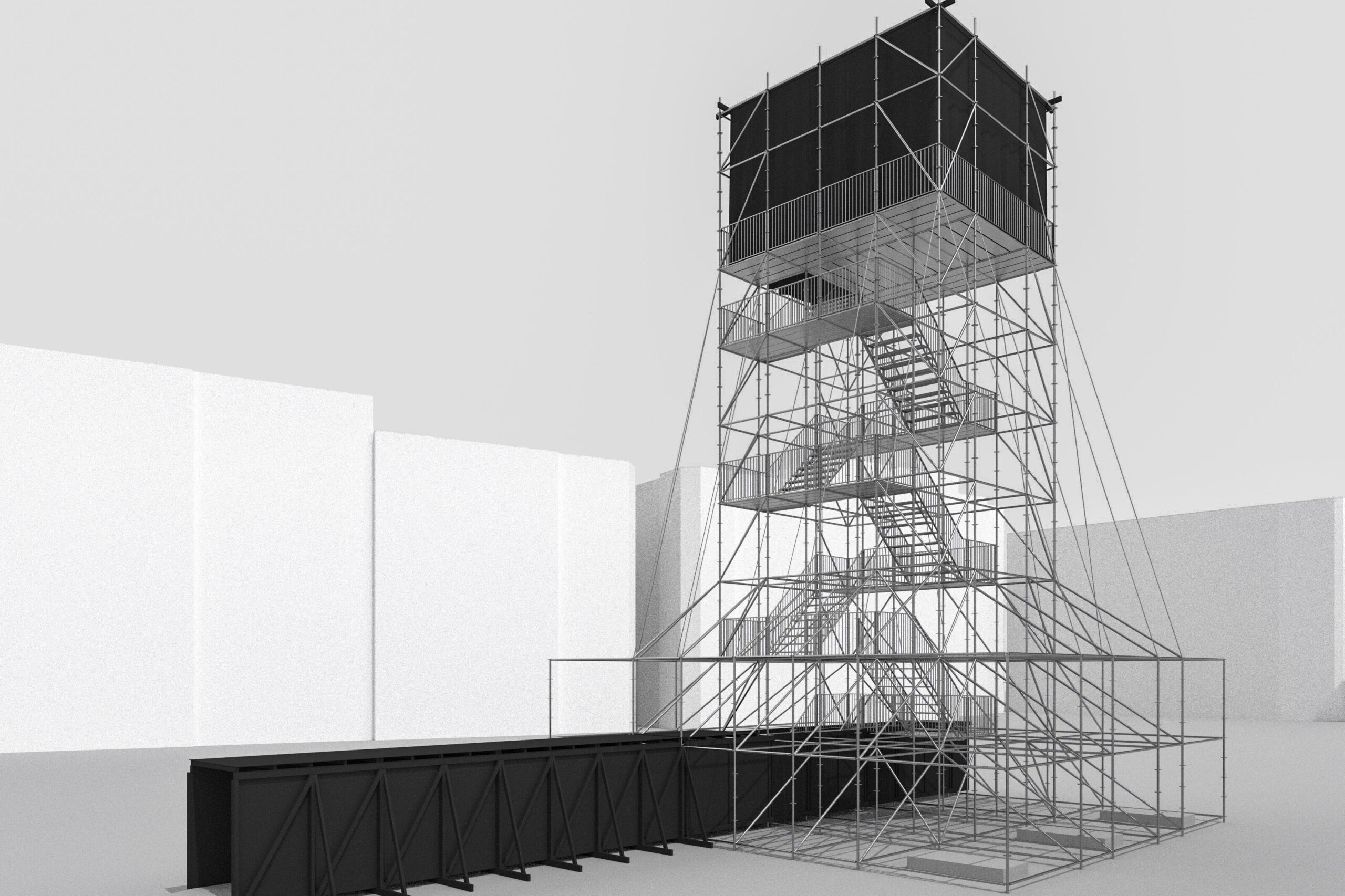
“HOPE – who will turn the tide?” is the big question posed by Ars Electronica this year. On the Campus 2024 of the University of Arts, architecture students are building a giant tower as an answer to this question – to draw attention to the importance of seeing and changing perspectives in our troubled times. What else will the tower offer visitors?
Manuela Naveau: The idea for the construction of the eighteen metre high tower with ladder frame is based on a character from Greek mythology: Lynceus, derived from the Greek word for lynx, had a special gift: not only did he have an alert and watchful eye, which helped him recognise the beautiful moments in our world, but his technically trained eye also allowed him to see through people, walls and objects, right to the core of our world. As one of the most important figures in the Argonauts, his clear ‘perspective’ was an advantage over short and long distances. Johann Wolfgang von Goethe also saw Lynceus as a special character. In the third act of his drama Faust II, Lynceus the watchman announces the arrival of Helen, and in the fifth act he witnesses Mephisto’s arson. The song of the watchman Lynceus, however, begins as an ode to sight and the world, even though danger and destruction threaten as the poem progresses. The concept of the tower on Linz’s main square is therefore to question existing perspectives and world views. The tower is accessible, but the question is what you see when you climb it. Do you see better? Do you see more? Or do you see something completely different from what you think you see? In any case, the tower invites you to reflect on the theme of seeing.
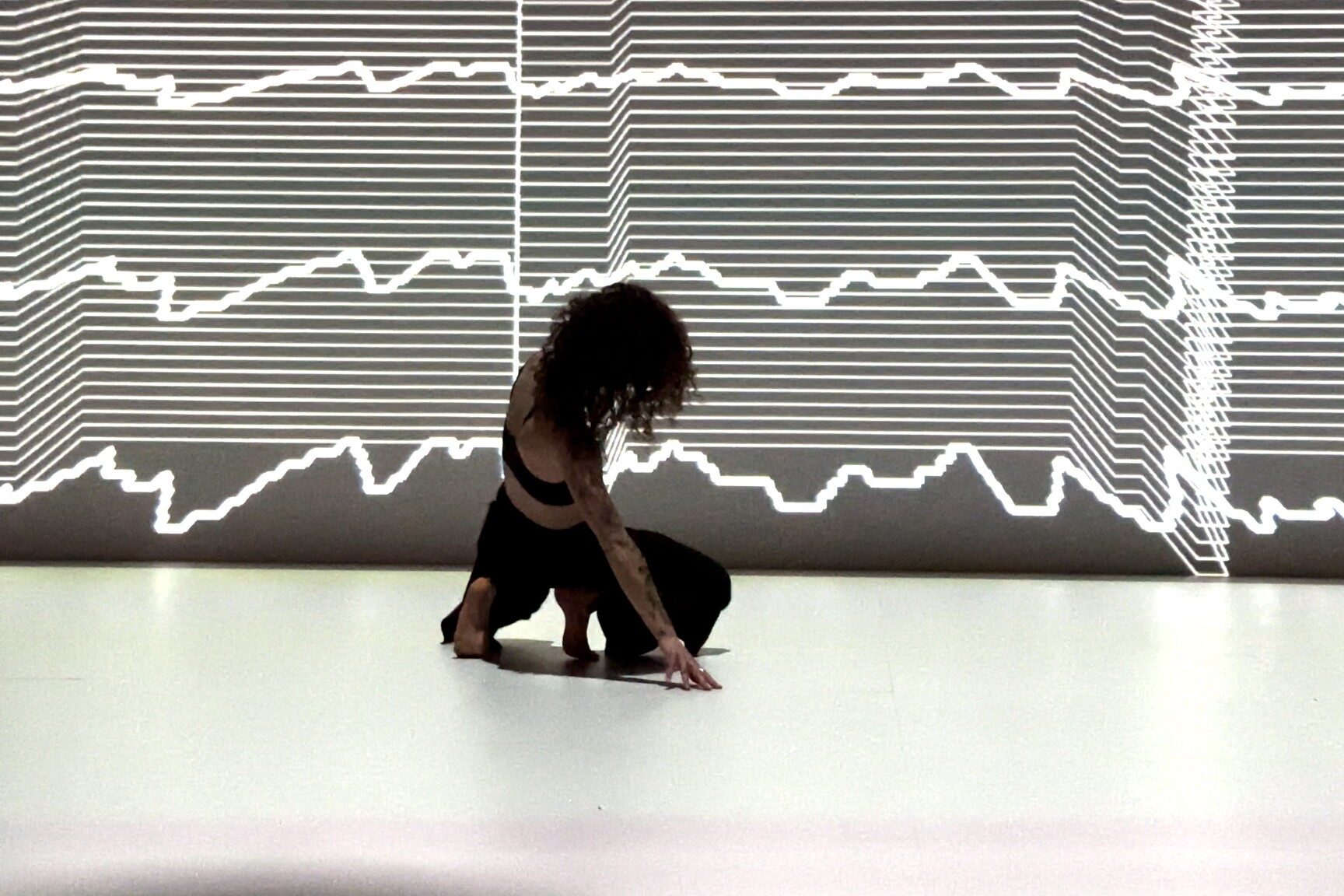
Because the world situation, not to mention the social media frenzy, needs more hope for more calm?
Manuela Naveau: Exactly. And it requires a closer look. We are also shown a lot, but that also means that we are guided in what we see. It is a prefabricated view. A good example of this is social media combined with artificial intelligence, because it seems that technology sees the world for us. And this seeing, in turn, influences how we orient our seeing. In the curatorial text, we therefore ask: “What would seeing be like if it did not only captivate us with its clear view, but also directed its attention to intermediate areas and spaces of possibility, a seeing that dances around the blurs instead of trying to penetrate them? What do those who can see dream of? And it is precisely these in-between spaces that the project is about, because who says that our world looks the same to all living beings? And for me there is a lot of positivity here, because seeing can take very different forms and involves all the senses available to us, so it is a very sensitive process.
In his “Song of Lynceus”, Goethe wrote: “Born to see, destined to look, sworn to the tower, I like the world”. So the tower of the University of Arts is an invitation not only to spend hours immersed in digital worlds, but also to take a closer look at the analogue world?
Manuela Naveau: Yes, although I find this dichotomy very difficult because it always implies values and traditional ideas of nature and technology that we try to break down with our projects. Much more important for us is the question of how we as humans, with all our analogue and digital possibilities, integrate and subordinate ourselves to our environment. What do we see that has not been seen before, and what helps us to understand our world better and to shape it as a space worth living in? In the spirit of Goethe, we could ask: do we only look, or do we also see? Although some people – such as those with limited mobility or those who are afraid of heights – will not be able to visit the Tower, we hope that the discussion about seeing will also involve and inspire them.

What more can young media art achieve in terms of reflection?
Manuela Naveau: Art students have very strong sensory skills. This is combined with an impressive imagination and the courage to try something new. Media artists and digital artists also impress with their technical interest and know-how. At the same time, young artists do not see themselves as the centre of the world; a so-called anthropocentric world view is much more alien to them than to older generations. Although surrounded by the ego-cult of social media and the marketing machinery of a capitalist society in the midst of a multi-crisis, they flirt with art, science and the latest technological developments in equal measure, and are probably unbeatable in the playful search for socially relevant questions. And I’m not just talking about our students…
Nevertheless, the campus of the Linz University of Arts has been an integral part of the Ars Electronica Festival for more than two decades – as a platform for presenting the work of students and teachers and as a place of exchange with other universities from all over the world…
Manuela Naveau: The first Campus at the Ars Electronica Festival took place in 2001 in cooperation with artists from the Linz University of Arts. In 2002, institutional cooperation between Ars Electronica and the Linz University of Arts was launched, and in 2004, Interface Cultures, a jointly inspired master’s programme at the Linz University of Arts, was launched, which since then has been concerned with the ideas and artistic transformation processes of a younger generation at precisely this interface between art, technology and society. Since 2019, with the enormous support of Rector Brigitte Hütter, the Kunstuni Campus has become a festival within the festival. Every year there are installations, performances, screenings, workshops, the Soundcampus, activities on the main square and much more. In addition, some 20 to 30 partner universities from the field of media art present a variety of presentations. Ars Electronica and the University of Arts Linz work closely together in this area.
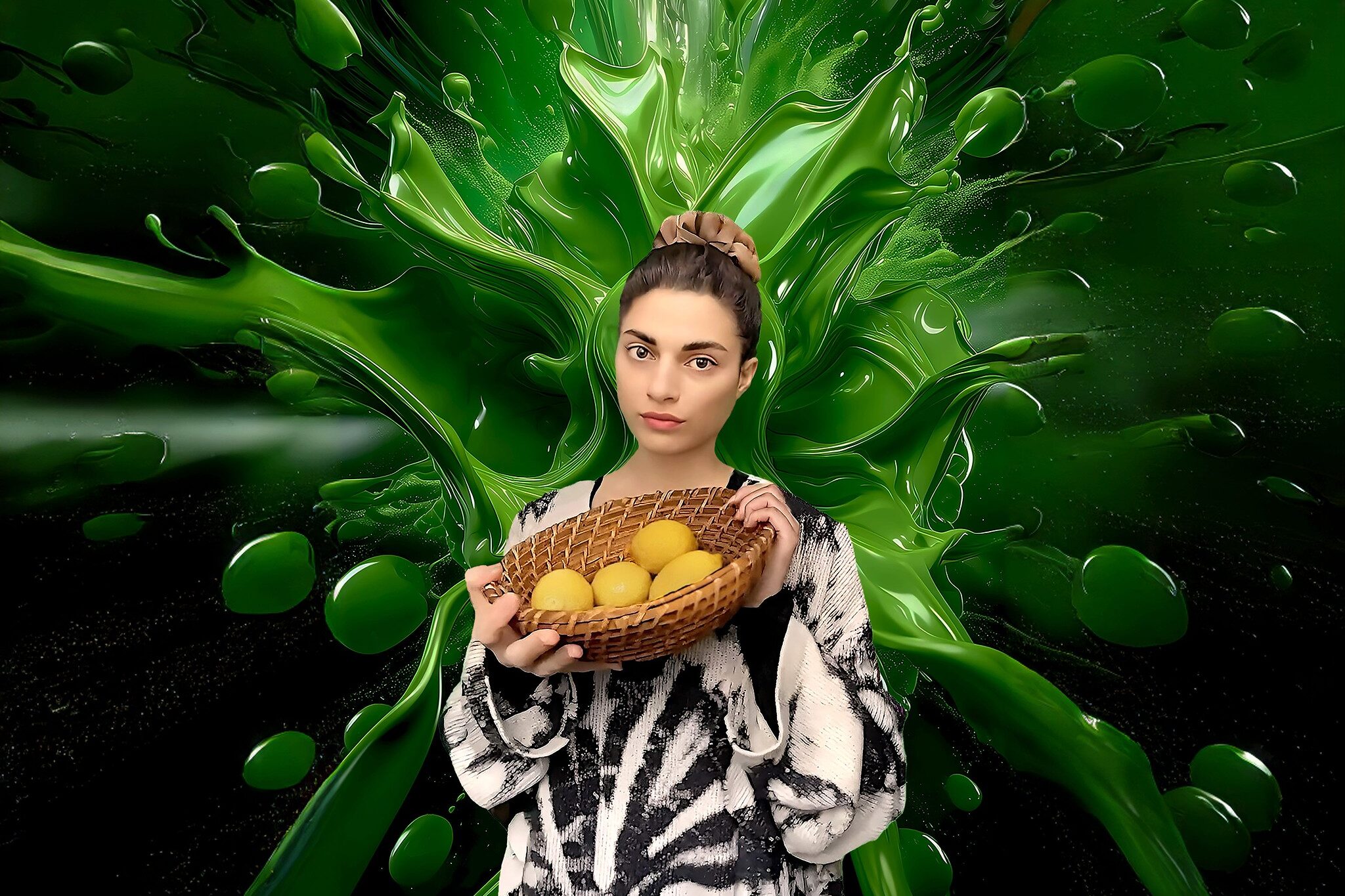
This time, the Moholy-Nagy University of Art and Design Budapest will be a special featured partner university at the “splace” gallery of the Linz Art University on the main square. What can visitors expect?
Manuela Naveau: With “FUTURESENSE”, the curators Judit Eszter Kárpáti, Ágoston Nagy and Esteban de la Torre from the Moholy-Nagy University of Art and Design in Budapest explore the current anomalies and challenges of the present in order to assess their impact on the future. In the spirit of the Hungarian Bauhaus artist László Moholy-Nagy, they are sensitising people to artistic methods and practices, working on intuitive knowledge and creating a space for the simultaneity of questions, considerations and possible solutions. The animation screening “BEST of MOME Anim” invites you to linger in the exhibition space and marvel at the highlights of animation art from recent years. Eleven other installations offer tactile, interactive or sound experiences and communicate with the audience through various media.
The Moholy-Nagy University of Art and Design in Budapest is outstanding for its activities in the fields of art, design and technology, and we asked ourselves: What about those universities that have even less experience in this area, but are convinced that they are active and would also like to be part of the network? Based on this idea, together with the International Office of the University of Arts Linz and with the support of the Erasmus+ funding programme Blended Intensive Programme (BIP), we created a course on Critical Data. We are proud to present the work of students and teachers from the Cyprus University of Technology in Limassol together with the University of Seville at the University of Arts Linz.
Another highlight of Ars Electronica is NoFive’s performance at the Mariendom – what is the story behind the band’s involvement with the University of Arts?
Manuela Naveau: One of the wildest contributions to the Bruckner year! A mighty wall of guitar amplifiers reinforces the ensemble* of nine electric guitarists, a bassist, a drummer and a conductor, making Bruckner’s Fifth oscillate and vibrate as an avant-garde soundscape between high and pop culture. Throughout the Bruckner Year, NoFive will be performing as a project of the Upper Austrian KulturEXPO at five very different venues – and in the Mariendom in particular, project manager Andre Zogholy from the Linz University of Arts and his formation hope to inspire Bruckner fans far beyond the circle of classical music fans with their musically radical approach.
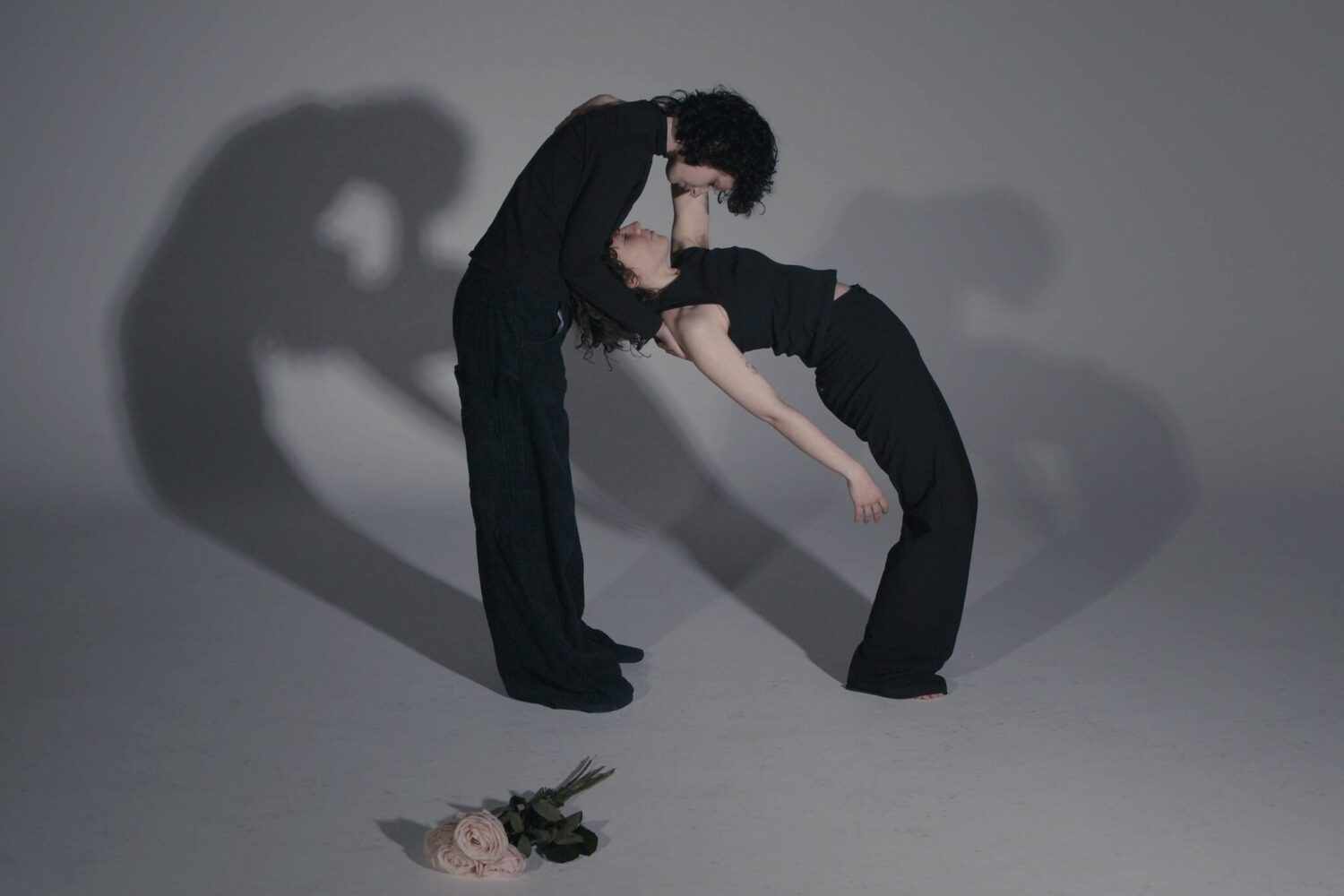
Interface Cultures, a department of the Linz University of Arts, is also celebrating its twentieth anniversary this year – what do you have to offer at Ars Electronica?
Manuela Naveau: We look back, we look around, we look in and we look forward. “NOUS” is the title of the Interface Cultures exhibition at POSTCITY. We observe ourselves, search for the essence of Interface Cultures and ask for the NOUS, French for “we”. A total of 25 works will be on display at POSTCITY, at the Campus of the University of Arts on Hauptplatz and at other satellite locations. On Friday, alumni of Interface Cultures will present their post-masters careers in the Pecha Kucha format. On the same day, the celebrations will take place on the ship Florentine, which will be permanently moored at the Urfahranermarkt, where the Leonardo LASER Talks Linz will take place, and Fabricio Lamoncha, Senior Artist at our department and an alumnus of Interface Cultures, will combine collaborative laboratory discussions with cooking and eating experiences: DIY solar kitchen, various fermentation processes and edible bio-laboratory artefacts on the Danube boat. Visitors are welcome to celebrate with us!
Since its inception in 2002, the collaboration between Ars Electronica and the University of Arts Linz has celebrated exploration in media art and culture. The Campus Exhibition is a vital platform, showcasing talents from international higher-education institutions that take unique approaches to teaching and creative practice. Each year, this program invites universities from around the globe to present projects by students, alumni and professors that reflect their missions and endeavors.
The Campus format highlights diverse educational philosophies and artistic methodologies, providing a unique opportunity to explore the identities, historical contexts and contemporary practices of participating institutions. This offers insights into the evolving field of media arts and design education.
This year’s festival theme, “Hope—who will turn the tide” is an active call to recognize and empower the forces behind positive change. It emphasizes that belief in the possibility of change is crucial, but that belief must be coupled with vision, cooperation and action.
The featured institution this year is the Moholy-Nagy University of Arts. Known for its commitment to interdisciplinary exploration, the university will present projects exploring how contemporary artists and designers navigate and shape our rapidly changing world. Their contributions span topics from cutting-edge technology and augmented realities to critical dialogues on societal and environmental issues.
The Campus Exhibition 2024 welcomes 42 international universities, including longstanding contributors like Bauhaus-Universität Weimar, National Tsing Hua University in Taiwan and the School of the Art Institute of Chicago. New partners such as the University of Nebraska-Lincoln, Simon Fraser University in Vancouver and the National University of Singapore bring fresh perspectives, enriching the exhibition with diverse viewpoints and innovative approaches.
Additionally, the University of Art Linz presents contributions from 18 of its own institutes, reflecting the institution’s internal diversity and commitment to pushing the boundaries of media art and design. The works presented this year spotlight artists and students as the true changemakers—the ones who will turn the tide. Their projects range from explorations of Artificial Intelligence and immersive media to investigations of social and ecological concerns, embodying the belief that creativity and collaboration are key to addressing the challenges of our time. We are also happy to announce the inaugural Ars Electronica Campus Award, rewarding the best project within the Campus Exhibition. This occasion highlights emerging talents and the educational institutions that support them, providing a platform to recognize and celebrate excellence in media arts and design.
The Campus Exhibition 2024 stands as a testament to the power of hope and the collective pursuit of understanding in navigating the evolving landscape of our world. It underscores that while belief alone is not enough, it is the critical starting point. With vision, cooperation and a willingness to act, these creative minds are poised to drive the positive change we need
The students’ works will be on display at the Kunstuni Campus, around the main square, in the Salzamt and in the POSTCITY. More information about the programme will be available soon on our festival website.
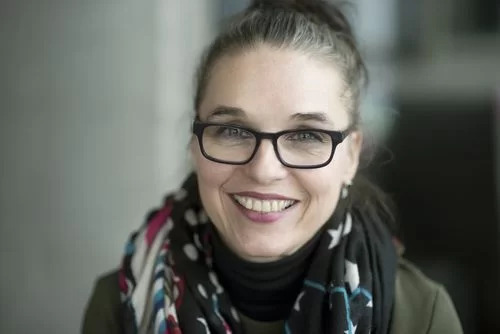
Manuela Naveau
Manuela Naveau, 1972 in Linz geboren, ist Universitätsprofessorin, unabhängige Kuratorin und arbeitet künstlerisch-forschend. Gemeinsam mit dem künstlerischen Leiter und Geschäftsführer des Ars Electronica Centers Gerfried Stocker entwickelte sie die Abteilung Ars Electronica Export, die sie fast 18 Jahre lang leitete. Seit 2020 ist Manuela Naveau Universitätsprofessorin für Critical Data an der Abteilung Interface Cultures / Institut für Medien an der Kunstuniversität Linz, welche sie seit Februar 2023 leitet und wo sie erst kürzlich die Critical Data Research Group initiierte. Weitere Infos unter https://www.manuelanaveau.at/
